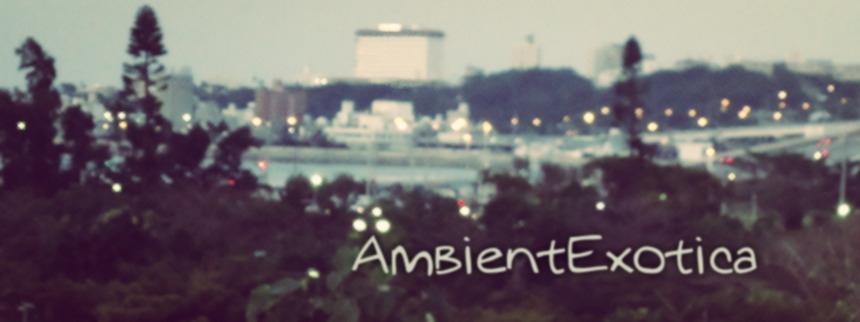
Microstoria
Snd
1996
The follow-up of Microstoria's gorgeously melting analog synth whirl dreamscape Init Ding was released in 1996 on the Mille Plateaux label. Jan St. Werner and Markus Popp team up once again on Snd to deliver a soothing, introverted take on Ambient music. Their project is so interesting due to the knowledge and skills of both musicians, with Werner being one half of the duo Mouse On Mars whose album Vulvaland of 1994 presented a highly successful mélange of quirky pulses and phantasmagoric synth washes, while Popp was and still is the nucleus of Oval whose trademark sound of the 90's was all about merging digital artifacts and compact disc jitters with cozily seraphic bubbles and bursts, venturing into the more experimental side of electronic music without neglecting the fragmented melodies and their whirling oscillations, as seen on Oval's 1995 album 94 Diskont that foresaw the lifestyle and shopping behavior of the digital connoisseur in astonishing clarity. Microstoria's Init Ding profited from the analog warmth, and Snd thankfully relies on the same vibe, but with a distinct twist: the sizzling-hot relaxation factor is reduced and replaced with a more glacial approach as well as additional static noises, clicks and frizzles. The little melodious vignettes, however, are still there, making this a comfortable early entry of the Glitch Ambient genre, and its track titles hint once more at a lifestyle that is nowadays all too common, but was in a phase of transition back in the middle of the 90's.
The opener Sleepy People / Network Down is a perfect example for both the explicit pointer in the track title and the slight shift in style of the duo. The hazy bells and traversing jitters, an Oval trademark, mark the beginning of this first sublime entry. Meandering drones function as dubby bass lines, and radiator-like sound bits enhance the fragility and intimacy. If there is one glaring omission, it would be the synth washes. If you compare the rapturous opener of Init Ding called 16:9 and listen to Snd afterwards, you'll definitely recognize the reduction of layers. But the Ambient mood remains. Teil Zeit (part time) continues the pulsating fogginess with quiet bits and bubbles, only this time the reduction of accompanying layers is taken to the extreme. For over five minutes the listener is approached by short scintillas and slightly glowing lights, but there is no percussive element, no drone sound. This track works marvelously in a quiet surrounding, as it relies on the permanent exchange between space and sound. It may be a disappointment for fans of the duo's warmer sounds, though. Per Formal is the continuation of Teil Zeit, but here the incessant morse code-like pulses and short drone intersections make it the more interesting track. Feld 1 is once again a beatless, stripped down fabrication, but is a successful take on the theme of reduction due its blurry veil that turns short white noise bursts into pink brethren, and the xylophone-like droplets augment this feeling of fuzziness.
Endless Summer NAMM is the track that fans of multilayered Ambient music have been waiting for: warm, occasionally cacophonous synth pulses float in the background. Warm modem-like sound artifacts as well as altered Hammond organ fragments merge into a splendid reminiscence of the duo's analog works and lets a bright note enter the scene. The glowing track encapsulates the listener in orange colors. While Work Place continues the path of nothingness by relying on sustained bass drones and gently buzzing strings in a void of emptiness, BPI launches with spectral, cavernous alcoves of misty screeches which are later enhanced by thin 8-bit melodies, dark drones and splutters of hectic incidents. The final Quit Not Safe not only implies a decade-old warning for computer users, but compresses all the particularities of the album in one less than three minutes long tune. It features warm synth layers, pulsating bits, quavering fragments and polyphonous bubbles and it thus the quintessence of Snd as a whole.
Snd is different from Init Ding which remains one of the best warm Ambient albums that is torn between analog synths and the digital artifacts of a rising genre called IDM. The further transition from lush layers to fragmented pulses is strongly perceptible on Snd. It is a style that has been tried and enhanced many times by different artists like Michael Santos, Tetsu Inoue or Fourcolor. The art of this music is based on the shuttling between space and sound, melodious synth intersections and comparatively icy glitch tidbits. Snd strikes off the synth strings and focuses on the bubbling glitch side only. It is astonishing to me how beautiful and fragile these tiny melodies are … and how well they age! After all, these melodies are harder to grasp as they are completely isolated. Only occasionally is a drone sound perceptible in a tune; if it isn't, then everything that remains are bells, short synth drops or emptiness. That Werner and Popp delivered this concept so rigorously is impressive to me, the only exception being Endless Summer NAMM that carefully tries to embed a more synth-heavy song into the rudimentary but nonetheless melodious roster. If you are a fan of Mouse On Mars or Oval but haven't heard about their fusion called Microstoria yet, give Snd a go. It lacks the warmth and shimmering mellifluousness of their debut Init Ding, but isn't harsh or dark at all. In a way, it is as glistening as their first album, but with a focus on the little bits and pieces that were formerly bathing in synth washes and are now coruscating on their own. Recommended for Glitch Ambient fans with an ear for little melodies.
Ambient Review 073: Microstoria – Snd (1996). Originally published on XYZ. XY, YEAR at AmbientExotica.com.
